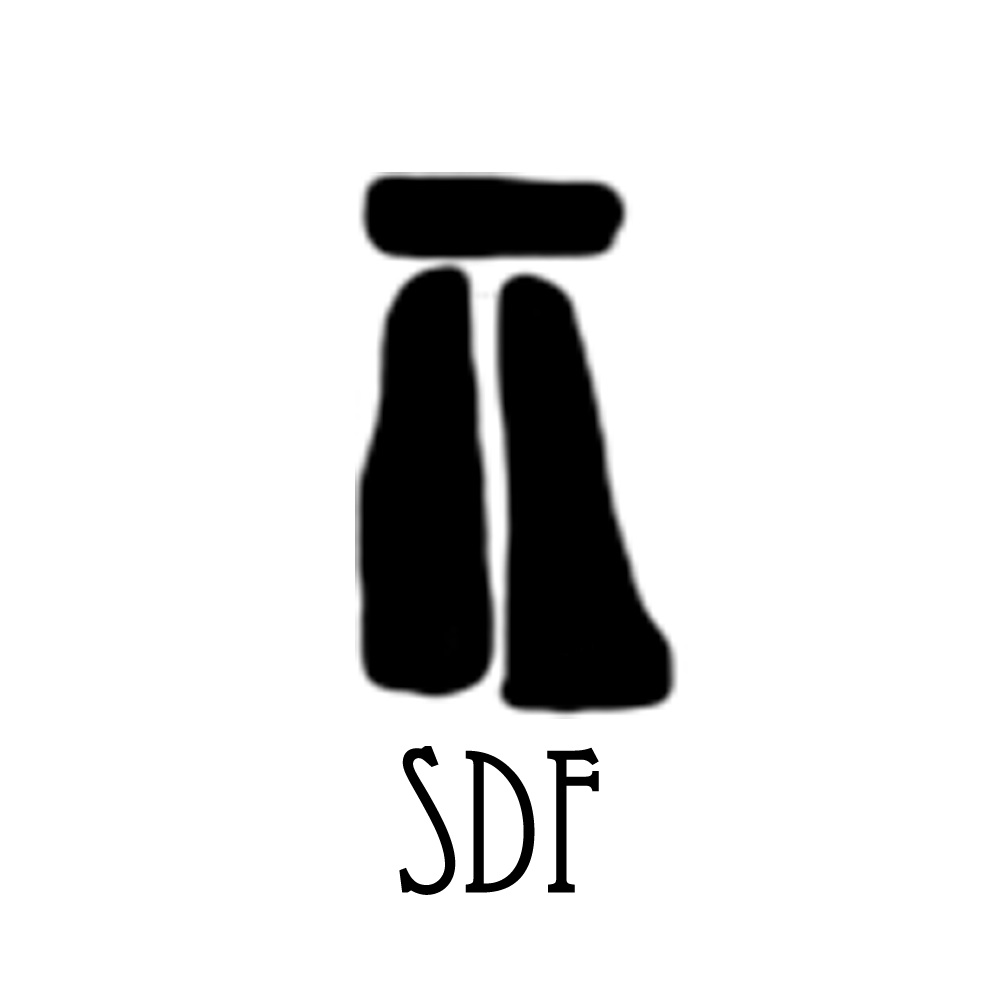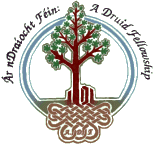Tag: Solitaries
-

Serving Solitary Pagans: An Experiment in Liturgy
In September of this year, I submitted an application to start my own ADF protogrove for solitary Pagans. I planned on calling it, Sojourner’s Protogrove. Protogroves are the precursor to fully-chartered groves within the ADF organization, and their main responsibility (as with groves) is to provide public rituals for each of the eight High Days […]
-

Solitaries are the Glue which Hold Paganism Together
I’ve spent nearly the entire week working on new ways to make ADF Druidism an accessible tradition to solitary Pagans. The work is still in its early stages, and I’m piecing together ideas which I hope to share once the leaves have fallen. My backyard maple is only hinting at new color, so it will […]

